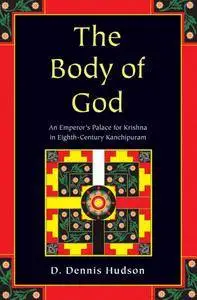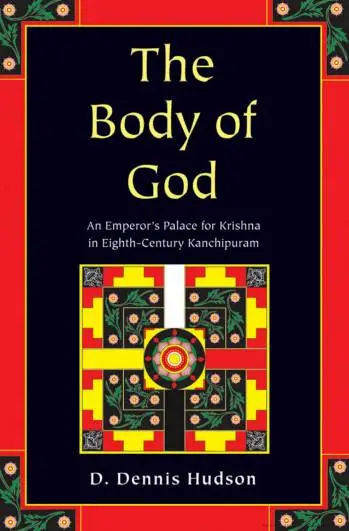The Body of God: An Emperor's Palace for Krishna in Eighth-Century Kanchipuram by D. Dennis Hudson
English | September 25, 2008 | ISBN: 019536922X, ASIN: B001GNCS0A | AZW3 | 608 pages | 13.5 MB
English | September 25, 2008 | ISBN: 019536922X, ASIN: B001GNCS0A | AZW3 | 608 pages | 13.5 MB
This book is the crowning achievement of the remarkable scholar D. Dennis Hudson, bringing together the results of a lifetime of interdisciplinary study of south Indian Hinduism.
The book is a finely detailed examination of a virtually unstudied Tamil Hindu temple, the Vaikuntha Perumal (ca. 770 C.E.). Hudson offers a sustained reading of the temple as a coherent, organized, minutely conceptualized mandala. Its iconography and structure can be understood in the light of a ten-stanza poem by the Alvar poet Tirumangai, and of the Bhagavata Purana and other major religious texts, even as it in turn illuminates the meanings of those texts.
Hudson takes the reader step by step on a tour of the temple, telling the stories suggested by each of the 56 sculpted panels and showing how their relationship to one another brings out layers of meaning. He correlates the stories with stages in the spiritual growth of the king through the complex rituals that formed a crucial dimension of the religion. The result is a tapestry of interpretation that brings to life the richness of spiritual understanding embodied in the temple.
Hudson's underlying assumption is that the temple itself constitutes a summa theologica for the Pancharatra doctrines in the Bhagavata tradition centered on Krishna as it had developed through the eighth century. This tradition was already ancient and had spread widely across South Asia and into Southeast Asia. By interweaving history with artistic, liturgical, and textual interpretation, Hudson makes a remarkable contribution to our understanding of an Indian religious and cultural tradition.



